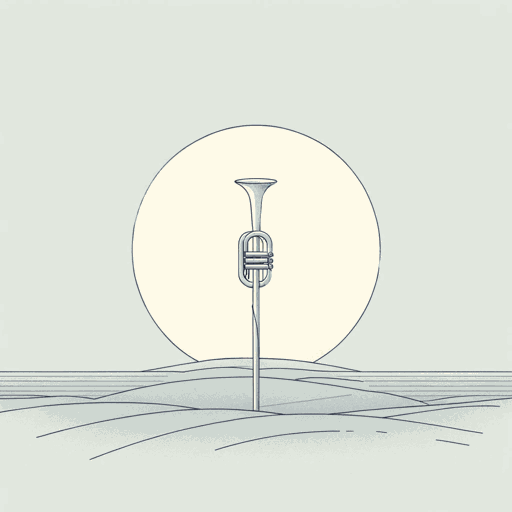20 pages • 40 minutes read
Wilfred OwenDulce et Decorum est
Fiction | Poem | Adult | Published in 1920A modern alternative to SparkNotes and CliffsNotes, SuperSummary offers high-quality Study Guides with detailed chapter summaries and analysis of major themes, characters, and more.
Further Reading & Resources
Related Poems
“Anthem for Doomed Youth” by Wilfred Owen (1920)
Like “Dulce et Decorum Est,” this poem details the waste of young men’s lives in battle. The speaker talks of the “monstrous anger of the guns” (Line 2) and the “stuttering rifles’ rapid rattle” (Line 3), which, like the gas attack, show the new weapons of war. The elegiac effect of the end as “each slow dusk a drawing-down of blinds” (Line 14) is more mournful than angry. Unlike the more loosely constructed “Dulce et Decorum Est,” this poem is in strict sonnet form.
“Strange Meeting” by Wilfred Owen (1920)
This poem also features a soldier who dreams of war, however, this poem takes place within the dream rather than just recounting it. Here, the first-person speaker seems to escape battle, and after traveling down a “profound dull tunnel” (Line 2), encounters the “enemy [he] killed” (Line 40). While the speaker says there’s no reason to mourn, the other soldier notes, “save the undone years, / The hopelessness” (Lines 15-16), sentiments that also appear in “Dulce et Decorum Est.”
“The Last Laugh” by Wilfred Owen (1920)
This poem shows soldiers dying on the battlefield as in “Dulce et Decorum Est.
Related Titles
By Wilfred Owen



